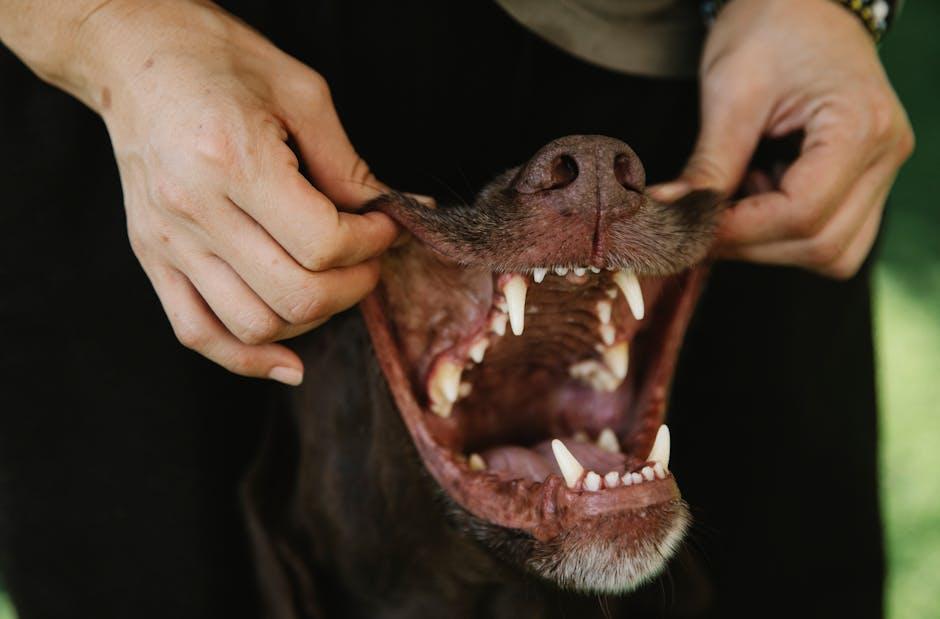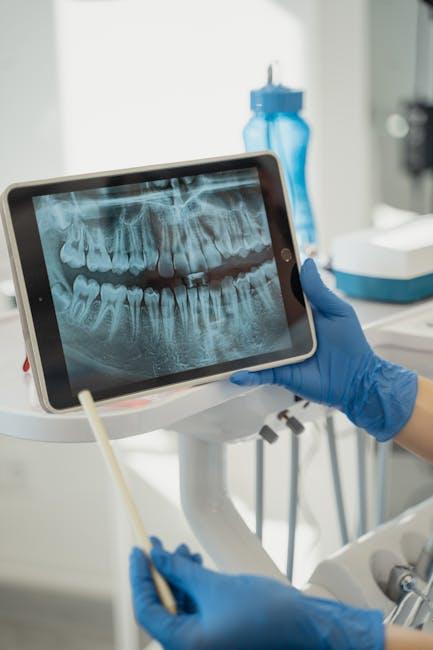
Vet Project: Lack of Dental Care Can Lead to Severe Gum Disease in Pets
Oral health in our pets is often overlooked, yet it plays a vital role in their overall well-being. In this special KLTV.com Vet Project, we dive into how neglecting dental care can result in severe gum disease for your furry friends, and what pet owners can do to prevent it. Whether you have a dog or a cat, understanding the importance of dental hygiene can save your pet from painful conditions and costly veterinary treatments.
Why Dental Care Matters for Your Pet
Just like humans, pets are susceptible to dental issues that can escalate when untreated. Gum disease, also known as periodontal disease, is one of the most common health problems seen in dogs and cats. If left unchecked, it can cause severe pain, tooth loss, and even affect internal organs through bacteria entering the bloodstream.
Key Facts About Pet Gum Disease
- By age three, over 80% of dogs and cats show signs of periodontal disease.
- Gum disease starts with plaque buildup, leading to tartar formation and inflammation.
- Untreated gum disease can increase risks of heart, kidney, and liver disease in pets.
Signs and Symptoms of Gum Disease in Pets
Detecting gum disease early is critical. Pet owners should watch for the following signs:
- Bad breath (halitosis)
- Red, swollen, or bleeding gums
- Difficulty eating or dropping food
- Loose or missing teeth
- Excessive drooling
- Behavioral changes such as irritability
How Lack of Dental Care Leads to Severe Gum Disease
Dental problems develop gradually. Without regular care, plaque rapidly accumulates along the gumline and hardens into tartar, which irritates and inflames the gums. This inflammation, if untreated, advances deeper into the teeth’s supporting structures, causing:
- Gingivitis — the initial reversible gum inflammation stage
- Periodontitis — advanced infection damaging tooth roots and bone
- Tooth mobility and loss due to destruction of tissues around the teeth
Beyond the mouth, bacteria can enter the bloodstream through compromised gum tissue, potentially triggering systemic health problems like endocarditis (heart infection), kidney infections, or liver inflammation.
Preventive Benefits of Regular Dental Care for Pets
Maintaining your pet’s dental health is not only about avoiding gum disease but also improving their quality of life and longevity. Key benefits include:
- Reduced risk of chronic diseases: Healthy gums lower bacteria spread in the body.
- Pain prevention: Avoids toothaches and sensitivity related to infections.
- Better nutrition: Healthy teeth improve chewing and digestion.
- Cost savings: Early prevention reduces expensive veterinary procedures.
Effective Dental Care Tips for Your Pets
Integrate these practical steps into your pet’s routine to ensure optimal oral health:
- Daily brushing: Use pet-specific toothbrushes and toothpaste; never human toothpaste.
- Dental chews and toys: Help reduce plaque mechanically.
- Regular veterinary check-ups: Schedule biannual teeth examinations and professional cleanings.
- Balanced diet: Feed foods formulated for dental health and avoid sugary treats.
Table: Common Pet Dental Care Products
| Product Type | Benefits | Recommended For |
|---|---|---|
| Pet Toothbrushes | Gentle plaque removal | Dogs and cats of all ages |
| Dental Chews | Reduces tartar and freshens breath | Active pets who enjoy chewing |
| Water Additives | Maintains oral hygiene with ease | Pets resistant to brushing |
| Professional Cleaning | Deep cleaning and tartar removal | Pets with advanced dental disease |
Real-Life Case Study: Max the Bulldog’s Journey
Max, a 5-year-old Bulldog, was brought to the vet with signs of bad breath and reluctance to eat. Upon examination, severe gum disease was diagnosed, threatening his teeth. Max’s owner committed to a strict dental care routine including daily brushing, chew toys, and regular professional cleanings. Within months, Max’s gum health improved dramatically, and he enjoys playing and eating pain-free again. This highlights how early intervention and consistent care can reverse gum disease progression.
When to Consult Your Veterinarian
If you notice any symptoms of gum disease or if your pet hasn’t had a dental check-up in over a year, don’t delay a veterinary visit. Early diagnosis may mean the difference between simple cleaning and complex surgical treatment.
Veterinarian Dental Exam Checklist
- Visual inspection of mouth, teeth, and gums
- Dental X-rays to assess root health
- Dental scaling and polishing under anesthesia
- Possible antibiotic or pain medication prescription
Conclusion: Prioritize Your Pet’s Dental Health
Severe gum disease in pets is an often silent but serious condition primarily caused by lack of dental care. Through regular preventative measures, early detection, and professional veterinary support, pet owners can safeguard their beloved companions from oral pain and systemic health complications. Take proactive steps today to ensure your pet’s smile stays bright, healthy, and happy!
Stay tuned with KLTV.com Vet Project for more expert pet health insights and tips.


